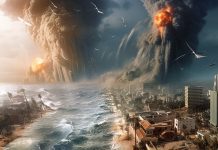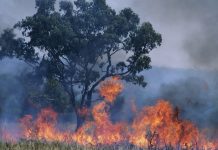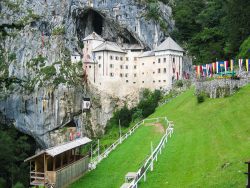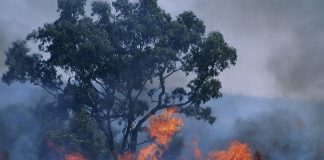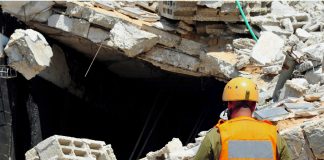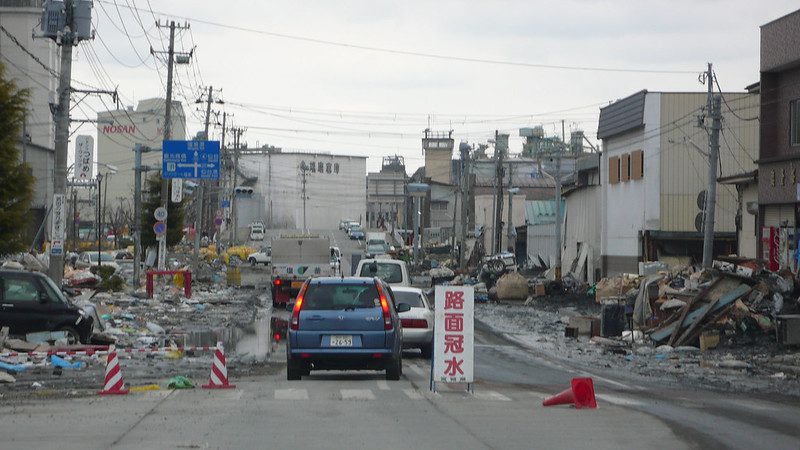
Worst natural disasters have been a recurring phenomenon throughout human history, causing massive destruction and loss of life. These disasters serve as a reminder of the sheer strength that nature wields over us. In this blog post, we will delve into some of the most devastating natural disasters to ever occur on Earth.
We will explore earthquakes that shook entire nations to their core, such as those in Haiti, Pakistan, China, and more. Additionally, we’ll discuss cyclones with overwhelming death tolls, like Nargis in Myanmar and Bhola in Bangladesh.
The fury unleashed by volcanic eruptions like Colombia’s Nevado del Ruiz will be examined alongside hurricanes that wreaked havoc across nations, including Katrina and Andrew. Furthermore, tsunamis decimating coastlines, such as the Indian Ocean earthquake & tsunami and Tōhoku disaster in Japan, are also covered.
Lastly, we’ll touch upon weather phenomena resulting in widespread suffering like droughts in East Africa or famines experienced by North Korea due to climate change factors recognized by national oceanic atmospheric administration bodies worldwide.
Earthquakes and Their Devastation
Earthquakes are among the most destructive and worst Natural Disasters, causing immense loss of life and property. These catastrophes have resulted in millions of deaths, injuries, missing persons, and widespread destruction throughout history. This article will explore some of the most catastrophic earthquakes in history.
Haiti Earthquake 2010
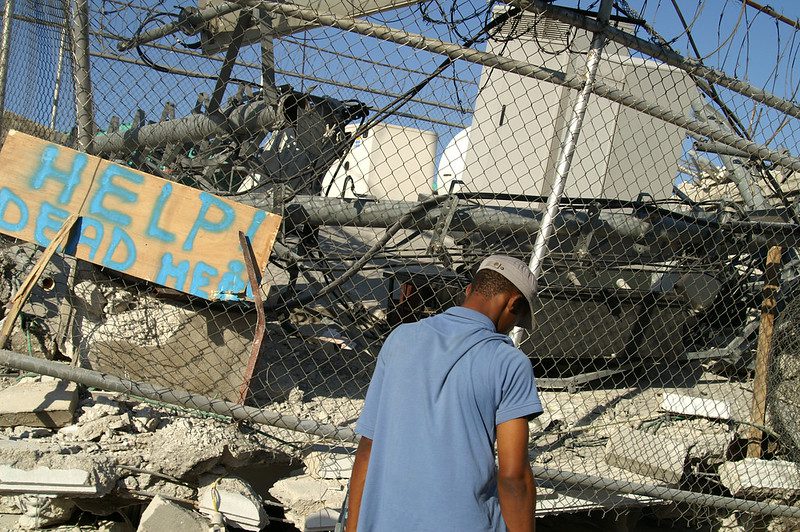
The Haiti earthquake in 2010 was a catastrophic event that claimed over 200,000 lives and left more than a million people homeless. The powerful magnitude 7.0 quake caused extensive destruction to structures and infrastructure across the nation.
Pakistan Earthquake 2005
In October 2005, a devastating earthquake struck Pakistan, killing approximately 80,000 people and leaving millions without shelter or basic necessities. With a magnitude of 7.6 on the Richter scale, it is considered one of the deadliest quakes in recent times.
Tangshan China Earthquake 1976
The city of Tangshan in China experienced an unimaginable tragedy when an earthquake measuring between 7.8 to 8.3 magnitudes struck on July 28th, 1976. This disaster led to an estimated death toll ranging from 240,000 to 655,000 people, making it one of the deadliest earthquakes in history.
Haiyuan Earthquake 1920
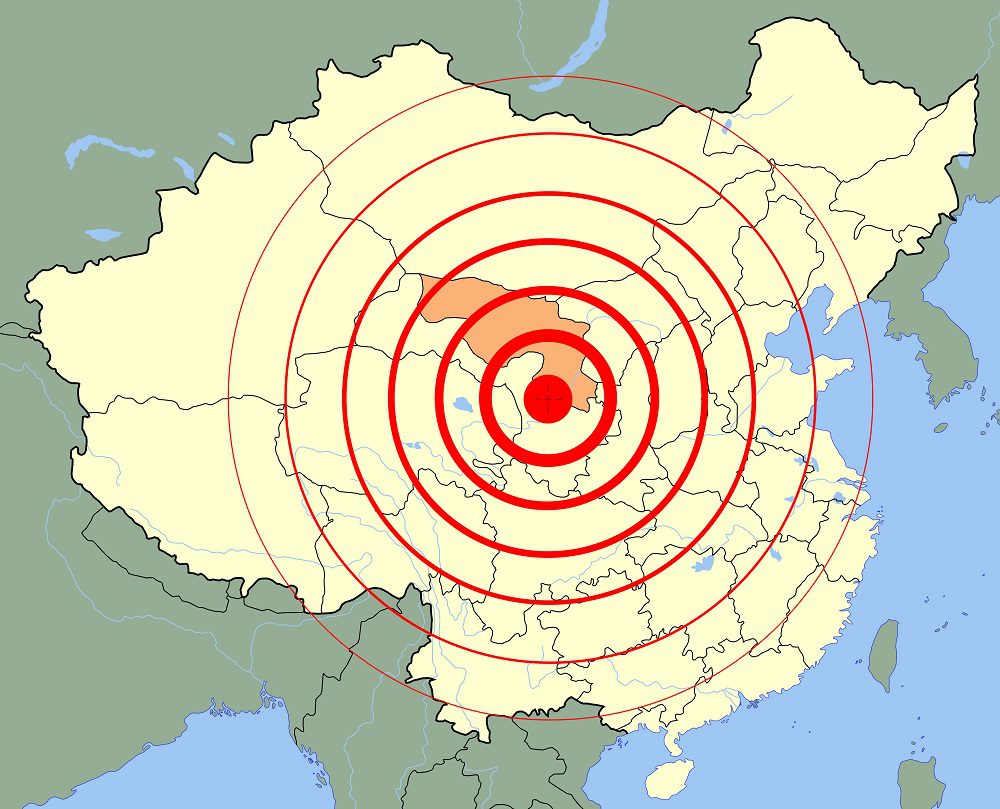
On December 16th, 1920, a massive earthquake with an estimated magnitude of 7.8 on the Richter scale struck Haiyuan County in China. This disaster resulted in over 200,000 fatalities and widespread destruction across the region.
Antioch Earthquake 526
The ancient city of Antioch (now modern-day Turkey) was struck by a powerful earthquake in May 526. The exact magnitude is unknown, but historians believe that this event caused significant damage to buildings and infrastructure, leading to an estimated death toll of 250,000 people.
In light of these devastating events, it becomes crucial for us as global citizens to understand the impact natural disasters can have on our lives and take necessary precautions for future events. Climate change is decimating coastlines and increasing the frequency and intensity of natural disasters. The National Oceanic and Atmospheric Administration (NOAA) is working to monitor and predict these events to help keep people safe.
The magnitude of destruction resulting from seismic activity can be immense, with the potential for enormous loss of life. Though occurring less often than other calamities, cyclones can wreak the same degree of havoc in a brief period.
Cyclones Taking Lives by Storm
Throughout history, cyclones have unleashed their fury on unsuspecting populations, leaving behind a trail of death and destruction. Powerful cyclones have been responsible for some of the most devastating natural disasters ever seen. Examining three of the most catastrophic cyclone-induced disasters to ever occur is our focus.
Cyclone Nargis Myanmar – Overwhelming Death Toll
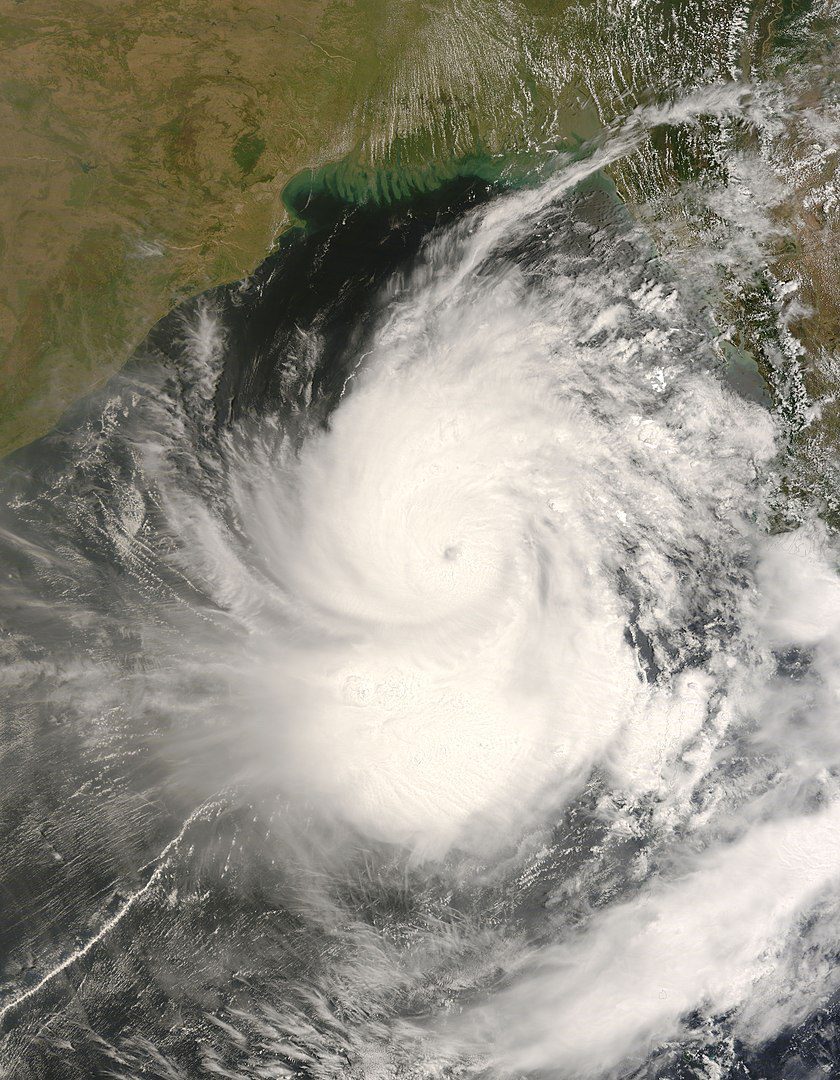
In 2008, Cyclone Nargis tore through Myanmar with devastating force, claiming over 200,000 lives in its wake. The storm surge reached up to four meters high in some areas and wiped out entire villages along the coast. Nargis is still remembered as one of the most destructive cyclones ever recorded, with its death toll exceeding 200,000.
Bhola Cyclone Bangladesh – Half Million Casualties
The Bhola Cyclone, which struck Bangladesh in November 1970, is considered one of the deadliest natural disasters in modern times. With wind speeds reaching up to 240 km/h (150 mph), it caused widespread devastation across coastal regions and led to an estimated half-million casualties.
- Date: November 13th, 1970
- Affected area: East Pakistan (now Bangladesh)
- Fatalities: Approximately 500,000
- Destruction: Widespread flooding and loss of infrastructure
Mozambique Floods – Torrential Rainfall
In 2000, Mozambique experienced one of the worst floods in its history due to torrential rainfall brought on by Cyclone Eline and Connie. The destructive power of the floods was catastrophic, with countless individuals being forced to flee their homes and a significant death toll estimated at 800. These tragic events serve as a stark reminder of the immense power that cyclones possess.
These worst natural disasters have caused immense destruction and loss of life. As climate change continues to decimate coastlines, it is important to stay informed and prepared for the worst. The National Oceanic and Atmospheric Administration provides valuable resources to help communities prepare for and respond to natural disasters.
Cyclones Taking Lives by Storm is a tragic reminder of the power of nature and its destructive potential when it’s unleashed. Let us now consider the awesome power of volcanic eruptions, a manifestation of nature’s wrath.
Volcanic Eruptions – Nature’s Fury Unleashed
Volcanic eruptions are a testament to the raw power of nature, capable of causing significant damage to human lives and infrastructure. These awe-inspiring events occur when molten rock, ash, and gases escape from beneath the Earth’s surface through volcanic vents. One such example that showcases the sheer devastation caused by these natural disasters is the Nevado del Ruiz volcano eruption in Colombia.
Nevado del Ruiz Volcano Eruption Colombia – Lahar Destruction
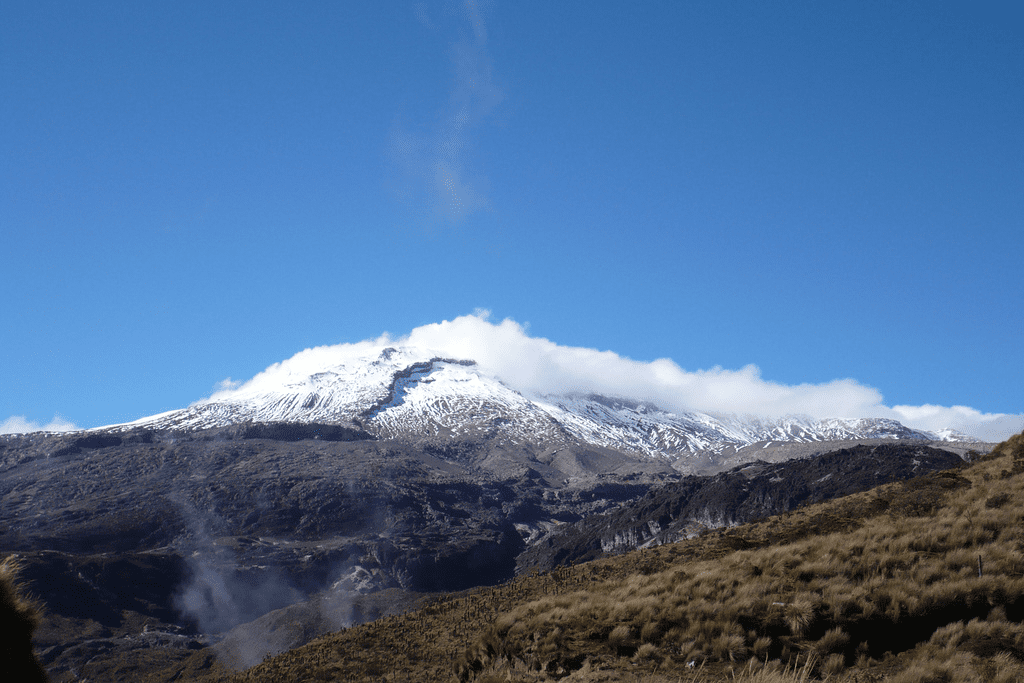
In November 1985, this catastrophic event shook the world as it led to massive destruction due to mudflows known as lahars. A lahar is a deadly mixture of water, volcanic debris, and sediment that can travel at high speeds down slopes destroying everything in its path. The Nevado del Ruiz eruption resulted in an estimated death toll between 20,000 – 25,000 people and thousands more injured or homeless.
- The Town Wiped Off The Map: Armero was once a bustling town located at the base of Nevado del Ruiz but after being engulfed by lahars during this tragic event, it ceased to exist, leaving only haunting memories behind.
- A Cry For Help Ignored: Prior warnings were given about potential dangers posed by increased activity on Nevado Del Ruiz. Unfortunately, they went unheeded, leading up to one of history’s most devastating volcanic eruptions. Learn more about this disaster here.
- Lasting Impacts: The eruption of Nevado del Ruiz caused not only immediate destruction but also had long-lasting effects on the region’s economy, agriculture, and infrastructure. Recovery efforts took years to complete.
The Nevado del Ruiz tragedy serves as a stark reminder of the potential devastation that volcanic eruptions can bring upon unsuspecting communities. It is imperative that global governments and organizations make sure to allocate resources for appropriate surveillance systems, emergency readiness strategies, and educational efforts to reduce the dangers of these remarkable yet lethal natural events.
Volcanoes are a stark reminder of nature’s might, and the devastation they can wreak is unmistakable. The fury of hurricanes has caused massive damage in recent years as well; let us take a look at two examples from history.
Key Takeaway:
The Nevado del Ruiz volcano eruption in Colombia resulted in catastrophic mudflows known as lahars, which destroyed the town of Armero and caused an estimated death toll between 20,000 – 25,000 people. Prior warnings were ignored, leading up to one of history’s most devastating volcanic eruptions. This tragedy serves as a reminder for governments and organizations worldwide to invest in proper monitoring systems, disaster preparedness plans, and public awareness campaigns to minimize the risks associated with natural disasters such as volcanic eruptions.
Hurricanes Wreaking Havoc Across Nations
When nature unleashes its fury in the form of hurricanes, the results are often catastrophic. These powerful storms can cause immense damage across vast areas with their high wind speeds, heavy rainfall, and storm surges. Two of the most destructive hurricanes in history, Hurricane Katrina (2005) and Hurricane Andrew (1993) caused extensive destruction across multiple states.
Hurricane Katrina 2005 – Devastation in New Orleans
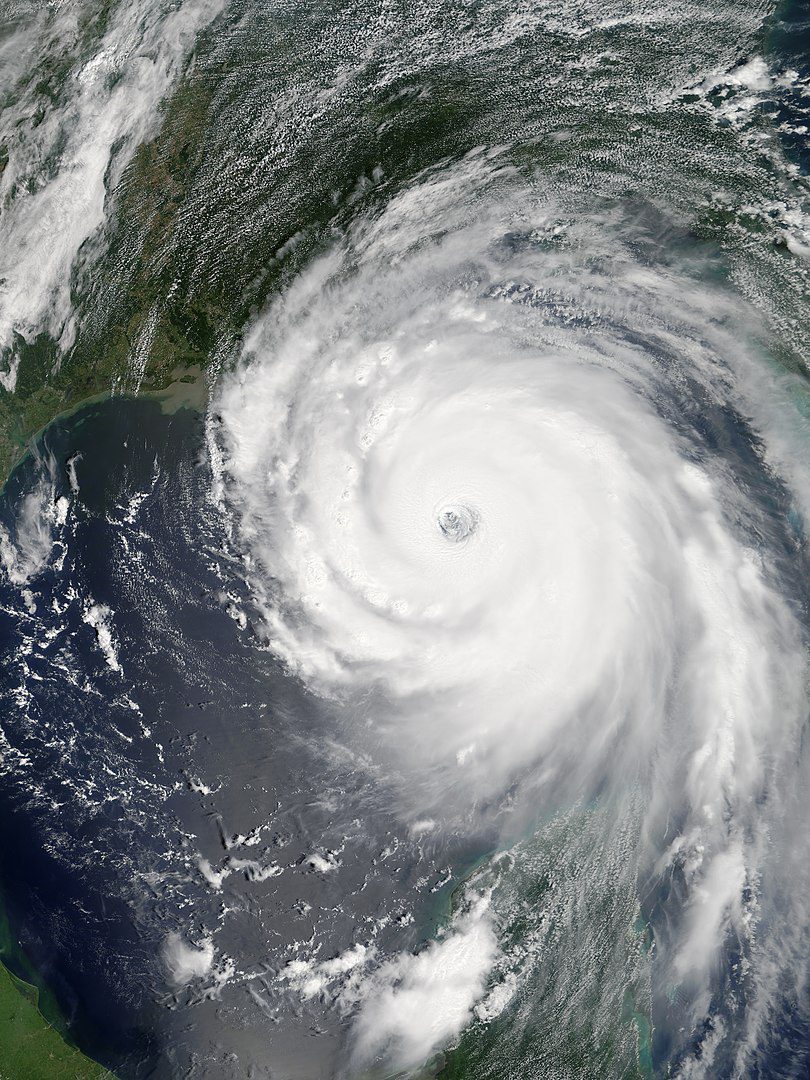
In August 2005, Hurricane Katrina tore through New Orleans and other parts of Louisiana, Mississippi, and Alabama. With wind speeds reaching up to 175 mph (280 km/h), this Category 5 hurricane caused widespread flooding due to levee failures. The destruction was unimaginable: more than 1,800 lives were lost, hundreds of thousands were displaced from their homes, and an estimated $125 billion worth of property damage occurred.
- Death toll: Over 1,800 fatalities
- Economic impact: Estimated $125 billion worth of property damage
- Affected regions: Louisiana, Mississippi & Alabama
Hurricane Andrew 1993 – Billions Worth Damage
The year before Hurricane Katrina struck was another devastating hurricane season for the southeastern United States when Hurricane Andrew made landfall on August 24th as a Category-5 storm. Hurricane Andrew caused tremendous destruction, with winds reaching up to 165 mph (270 km/h), leaving a path of decimation across Florida and Louisiana.
- Death toll: 65 fatalities
- Economic impact: Estimated $27 billion worth of property damage
- Affected regions: Florida & Louisiana
The destructive force of nature is a stark reminder of our vulnerability. It is essential that global communities be equipped to handle such calamities as we experience more frequent and severe weather events due to climate change. According to the National Oceanic and Atmospheric Administration, natural disasters are becoming more frequent and decimating coastlines around the world. It is important to take action to mitigate the effects of climate change and protect our communities from the devastating impact of natural disasters.
Hurricanes have had a catastrophic effect, causing immense destruction and tragedy in numerous countries. However, tsunamis are also capable of producing devastating results, as demonstrated by two major events, which will be discussed in the following section.
Tsunamis – Waves of Destruction
When the earth’s fury is unleashed beneath the ocean, tsunamis are born. These colossal waves, triggered by underwater earthquakes or volcanic eruptions, bring destruction and chaos to coastal areas. Two such catastrophic events that shook our world were the Indian Ocean Earthquake in 2004 and TÃ…hoku Earthquake and Tsunami in 2011.
Indian Ocean Earthquake & Tsunami – Multinational Tragedy
The fateful day of December 26th, 2004, witnessed one of the deadliest tsunamis ever recorded. The Indian Ocean Earthquake, with a magnitude of 9.1-9.3 on the Richter scale, created monstrous waves that swept across multiple countries, including Indonesia, Sri Lanka, India, and Thailand. Overwhelmed by these massive walls of water reaching heights up to 100 feet (30 meters), more than 230,000 lives were lost. Entire communities vanished within minutes as homes crumbled under this unstoppable force.
Tohoku Earthquake and Tsunami – Japanese Catastrophe
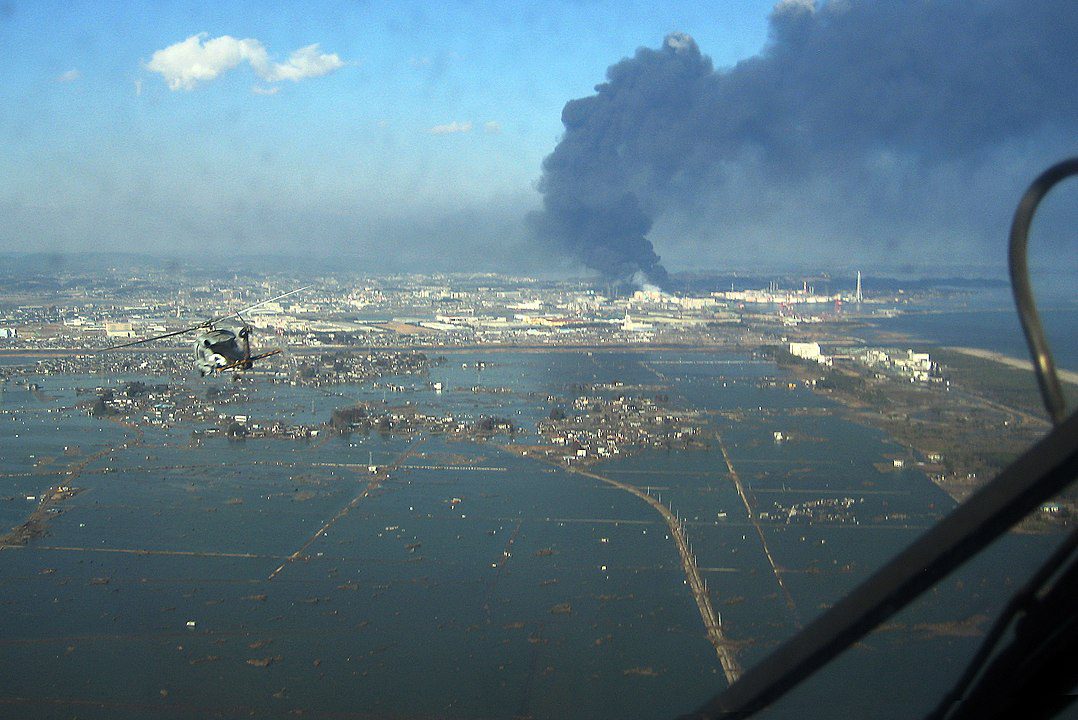
In an instant, on March 11th, 2011, Japan was plunged into darkness as it faced its worst natural disaster in modern history: the Tohoku Earthquake and Tsunami. With a staggering magnitude of around 9.0-9.1 Mw, the quake struck off the northeastern coast, creating waves as high as 133 feet (40.5 meters). The tsunami swallowed entire towns, leaving behind a trail of destruction and nearly 16,000 fatalities. Adding to the devastation was the meltdown at Fukushima Daiichi Nuclear Power Plant, which released radioactive materials into the environment.
The aftermath of these tsunamis revealed not only the immense power of nature but also our vulnerability in the face of such disasters. It is essential that we commit to setting up alarm systems and being prepared for future calamities in order to limit potential damage and hardship.
Tsunamis are devastating natural disasters that can cause immense destruction, yet the human suffering caused by extreme weather phenomena is equally heartbreaking. Although the consequences of extreme weather phenomena are devastating, proactive steps must be taken to minimize their impact on vulnerable populations.
Weather Phenomena Resulting in Human Suffering
Extreme weather events have wreaked havoc on human lives, causing unimaginable suffering through droughts, famines, blizzards, and heat waves. These disasters not only lead to death from starvation or exposure but also leave long-lasting economic impacts on the affected regions.
East Africa Drought – Widespread Death and Famine
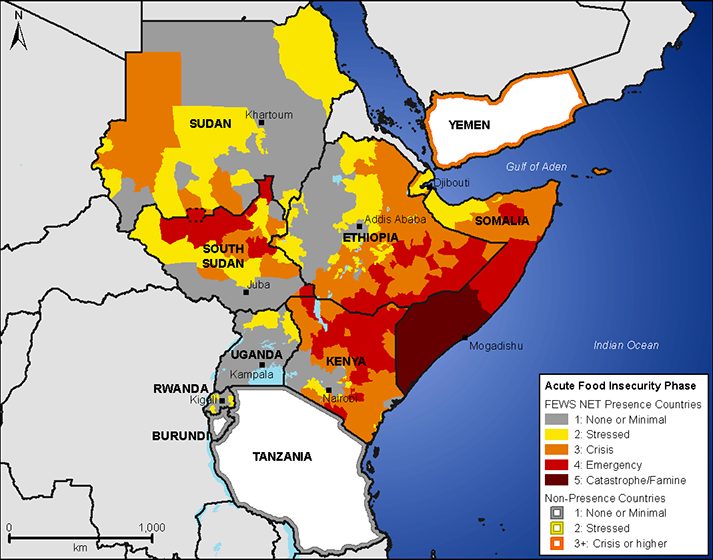
In 2011, East Africa faced one of its worst droughts in decades, resulting in widespread famine across Somalia, Ethiopia, and Kenya. Millions were left without food and water as crops failed and livestock perished. The United Nations declared it a humanitarian emergency, with over 13 million people requiring urgent assistance.
North Korean Famine – Starvation of Millions
The North Korean Famine between 1994-98 was a devastating event for the nation’s population, as they endured extreme food shortages due to natural disasters and economic mismanagement. It is believed that an estimated two million individuals perished from starvation during this time of great suffering.
Afghanistan Blizzard – Deadly Snowstorms
Afghanistan experienced a deadly blizzard in February 2008, claiming hundreds of lives while leaving thousands stranded amidst freezing temperatures and heavy snowfall. Villages were buried under meters of snow, and roads became impassable, leading to further isolation for those trapped by the extreme weather.
European Heat Wave – Record-Breaking Temperatures
In 2003, Europe was hit by an unprecedented heatwave that resulted in over 70,000 deaths across the continent. Countries like France, Italy, and Spain experienced record-breaking temperatures leading to wildfires, crop failures, and water shortages. The elderly population endured the heatwave particularly harshly, having difficulty dealing with the scorching temperatures.
FAQs about Worst Natural Disasters
What is the number one worst natural disaster?
The deadliest natural disaster in recorded history was the 1931 China floods, which resulted in an estimated death toll of between 1 to 4 million people. The flood was caused by a combination of snowmelt and heavy rainfall, leading to widespread devastation across central China. More information on this catastrophic event can be found here.
What are the worst natural disasters that can happen?
The most destructive types of natural disasters include earthquakes, tsunamis, hurricanes/cyclones/typhoons, volcanic eruptions, floods, droughts, and famines. Each type has its own unique characteristics and potential for destruction depending on factors such as location and severity. Learn more about these devastating events here.
What is the most difficult natural disaster?
Determining the “most difficult” natural disaster depends on various factors like human impact or economic damage. Earthquakes are often considered among the hardest to predict accurately and prepare for due to their sudden onset without warning signs. They also have secondary effects like tsunamis or landslides that amplify their destructiveness. Read more about earthquake challenges here.
What was the worst natural disaster in this century?
In terms of fatalities, one of the worst disasters this century occurred in December 2004 when a massive undersea earthquake triggered a series of devastating tsunamis along Indian Ocean coastlines, killing over 230,000 people in 14 countries. The event is known as the Indian Ocean Earthquake and Tsunami, and more information can be found here.
Conclusion
From catastrophic earthquakes to devastating hurricanes, tsunamis to cyclones, and volcanic eruptions to weather phenomena, natural disasters have caused untold destruction throughout history. The aftermath of these calamities has been ruinous and devastating.
As nature lovers, it’s important for us to understand the impact these disasters can have on our planet and its inhabitants. We must take action against climate change and work towards preventing such catastrophes from occurring again.
If you want to make a difference in protecting our planet from natural disasters, join Project today! Together we can create a safer future for all.
The death toll from natural disasters can be staggering. In 2004, the Indian Ocean tsunami killed over 230,000 people in 14 countries. In 2010, a 7.0 magnitude earthquake in Haiti claimed the lives of over 200,000 people. These are just a few examples of the devastating impact natural disasters can have on human life.
But it’s not just human life that is affected. Natural disasters can also have a profound impact on the environment. Hurricanes and typhoons can cause massive flooding, decimating coastlines and destroying habitats. Volcanic eruptions can release toxic gases and ash, damaging ecosystems and affecting air quality. It’s important to remember that the effects of natural disasters can be far-reaching and long-lasting.
The National Oceanic and Atmospheric Administration (NOAA) is one organization that works to monitor and predict natural disasters. By studying weather patterns and oceanic activity, they can provide early warnings and help communities prepare for potential disasters.
As individuals, we can also take steps to prepare for the Worst Natural Disasters. This includes creating emergency kits, having a plan in place for evacuation, and staying informed about potential threats in our area.
By working together and taking action, we can help mitigate the impact of natural disasters and create a safer, more resilient world.






































